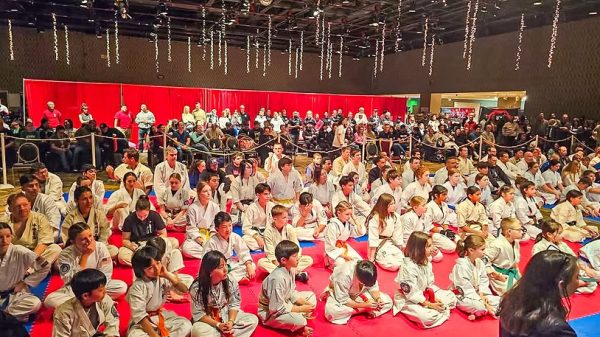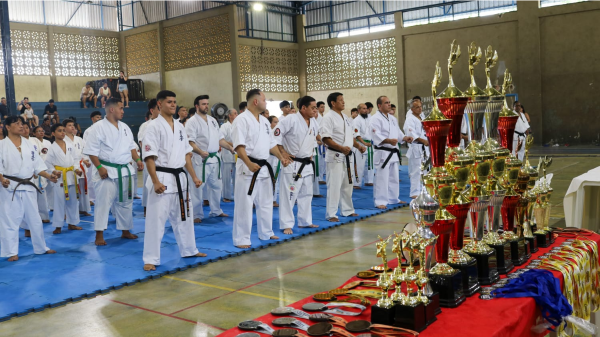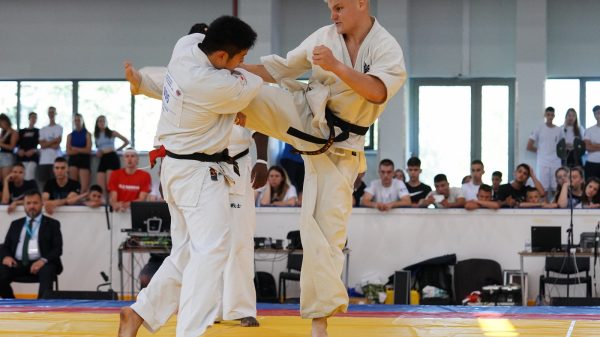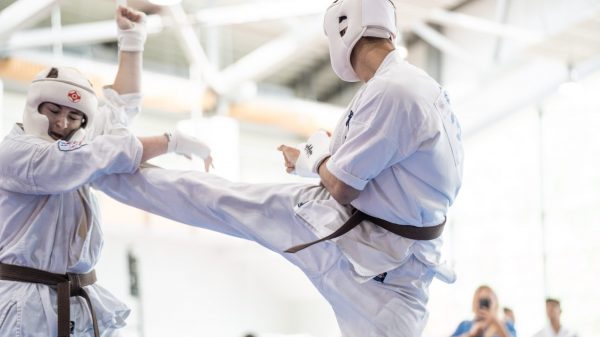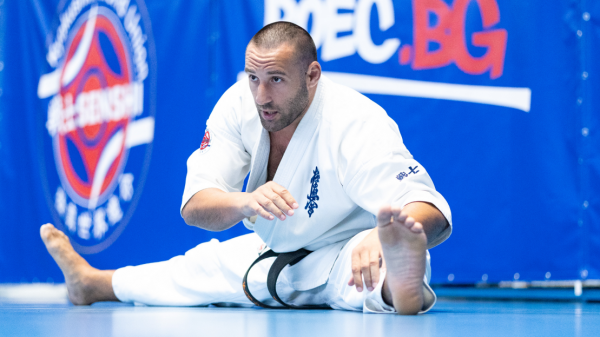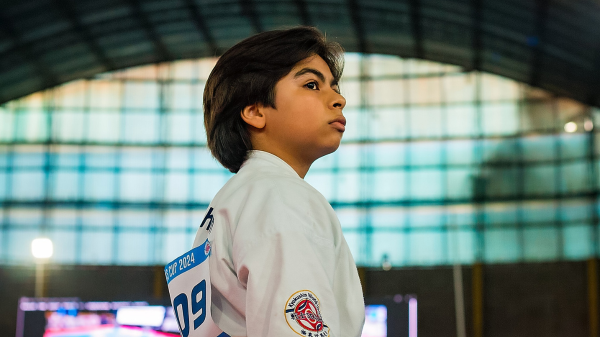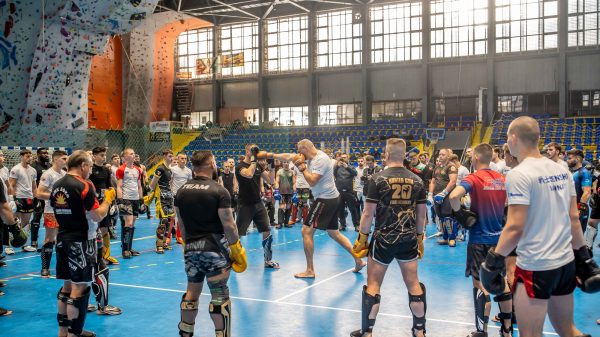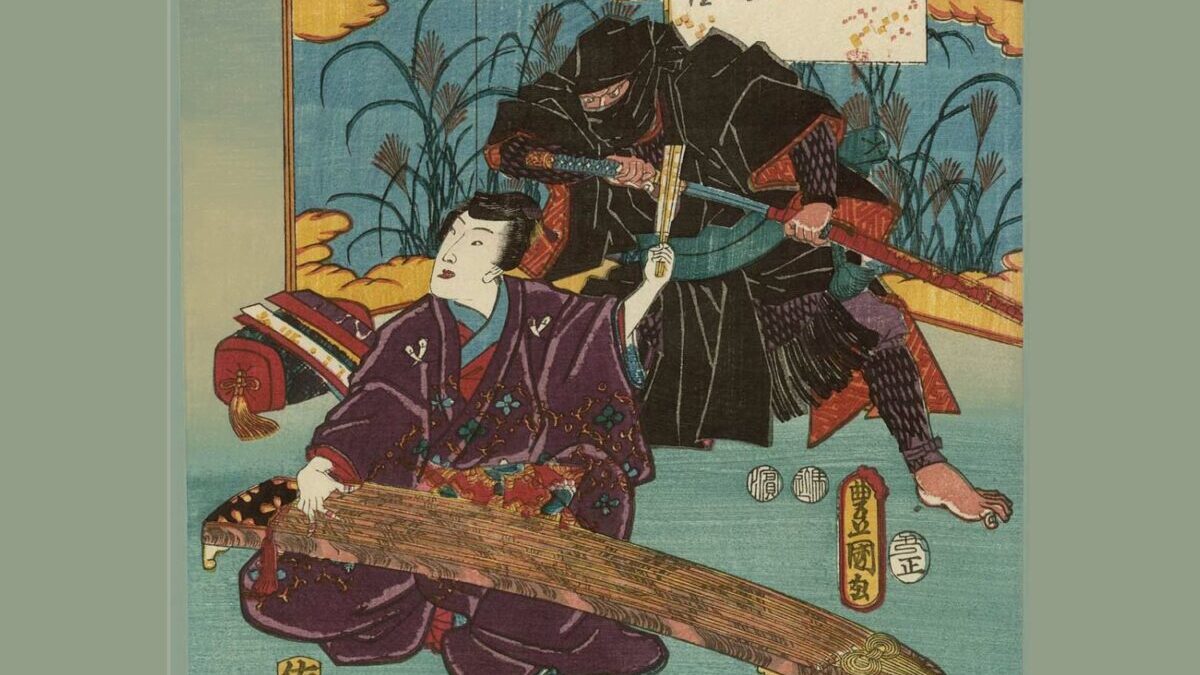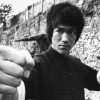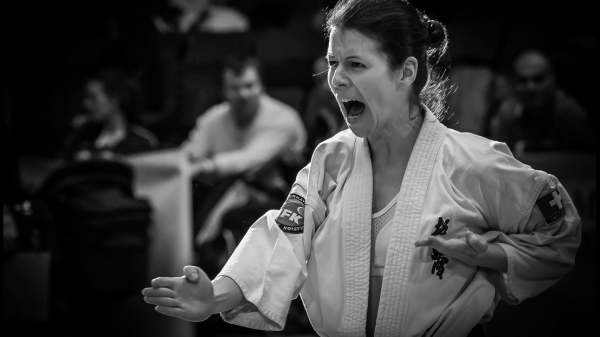The ninja, or shinobi, have long captured the imagination with their stealth, secrecy, and almost supernatural abilities. But who were the real ninja, and what were their true methods? Let’s unmask the reality behind these mysterious shadow warriors:
1. Who Were the Ninja?
The ninja were not the mythologized magical warriors often depicted in modern movies. Historically, they were covert agents in feudal Japan, specializing in espionage, guerrilla warfare, and assassination. Most were ordinary people, including farmers and low-ranking samurai, who learned the arts of stealth and survival to serve the needs of their lords or protect their own territories.
Ninja existed primarily during the Sengoku period (15th-17th centuries) when Japan was torn by warring factions. Their role was vital in gathering intelligence, conducting sabotage, and disrupting enemy plans. The most famous ninja clans came from the Iga and Koga regions of Japan, which were known for their mountainous terrain—perfect for developing the ninja’s covert skills.
2. Ninjutsu: The Art of Stealth
Ninjutsu was the martial art and skill set practiced by the ninja. It wasn’t just about combat but encompassed a wide range of techniques designed to help them survive and complete their missions. Some core aspects of ninjutsu include:
a. Espionage and Deception
Ninja were experts at disguise and infiltration. They could blend into different environments, posing as monks, farmers, or merchants to gather intelligence or gain access to enemy strongholds. Their ability to manipulate perception and use psychology to mislead their enemies was a hallmark of their strategy.
b. Stealth and Evasion
Known for moving silently, ninja mastered techniques for walking quietly and using natural cover to remain undetected. The myth of disappearing in a cloud of smoke likely comes from their use of smoke bombs or similar devices to create confusion during escapes.
c. Guerrilla Warfare
Unlike samurai, who valued direct combat, ninja were experts in hit-and-run tactics. They would strike swiftly and retreat before the enemy could mount a counterattack. This approach allowed them to fight larger, more powerful forces using agility and strategy over brute strength.
3. Weapons of the Ninja
Ninja used a variety of tools and weapons, many of which were adapted from everyday items, making them versatile and unassuming. Some iconic ninja weapons include:
a. Shuriken (Throwing Stars)
Perhaps the most famous ninja weapon, shuriken were small, sharp, and easily concealed. They were used for distraction or as a secondary weapon, rather than a primary means of attack.
b. Kunai
This multi-purpose tool could be used as a dagger, climbing aid, or digging implement. It was more of a practical tool than a specialized weapon, but in skilled hands, it became a deadly instrument.
c. Ninjato (Short Sword)
The ninjato was a straight, shorter sword than the samurai katana. It was easier to carry and conceal, and its shorter blade allowed for quick, close-quarters combat and stealthy assassinations.
d. Smoke and Explosives
Ninja were known to use smoke bombs, firecrackers, and even rudimentary explosives to create confusion or cover their escape. This use of pyrotechnics gave them an edge in surprise attacks.
4. Ninja Myths vs. Reality
Over time, legends about ninja have blended fact and fiction. Let’s address some common misconceptions:
a. Ninja Were Magical Beings
While modern depictions often portray ninja as having supernatural abilities, they were human and relied on keen training and cunning. Their agility, skill in camouflage, and ability to exploit their environment made them seem almost superhuman.
b. Dressed All in Black
Contrary to the popular image of ninja wearing all-black outfits, historical evidence suggests that ninja dressed according to the situation, often in the garb of peasants or monks to blend in. The black ninja suit we associate with them today is a creation of kabuki theater, designed to make the ninja appear invisible on stage.
c. Ninja vs. Samurai
Although the ninja are often seen as rivals to the samurai, the two were not always enemies. In fact, many ninja were employed by samurai lords for covert operations. They complemented the samurai’s open, honorable warfare with their secretive, unconventional methods.
5. Training of a Ninja
Ninja training was incredibly diverse, covering not just martial arts but also survival skills, espionage, and psychology. They learned to navigate harsh environments, use simple tools for complex tasks, and read the minds of their enemies.
a. Physical Conditioning
Ninja were trained to have exceptional endurance and agility. They practiced climbing, swimming, and running long distances in difficult terrain. Their bodies were conditioned to withstand harsh conditions and perform under pressure.
b. Psychological Warfare
Ninja were experts in psychological manipulation. They used fear, deception, and surprise to unnerve their enemies. Sometimes they would even spread rumors or stage false attacks to demoralize opposing forces.
c. Survival and Improvisation
One of the ninja’s greatest strengths was their ability to adapt. They learned to live off the land, improvise weapons from everyday objects, and use their surroundings to their advantage.
6. Legacy of the Ninja
While the era of the historical ninja ended with Japan’s unification in the 17th century, their legend lives on. Today, ninjutsu continues to be practiced as a martial art, focusing on stealth, awareness, and self-defense. Their influence is seen in pop culture, and many of the survival tactics used by ninja have been adapted into modern military training.
The truth behind the ninja is even more fascinating than the myths. Far from being supernatural warriors, they were highly skilled individuals who mastered the arts of survival, deception, and unconventional warfare to survive in a tumultuous world.




